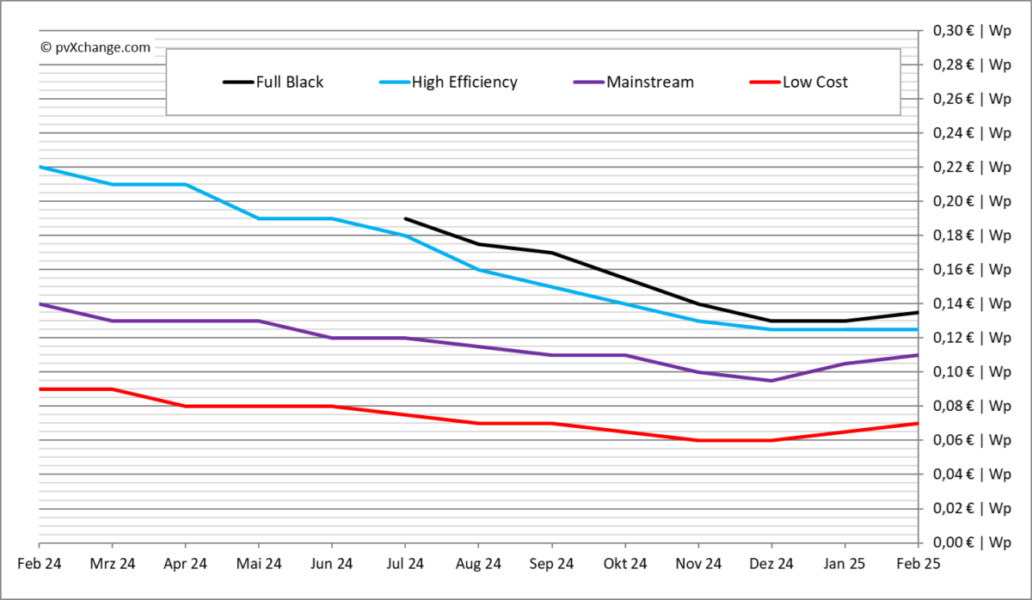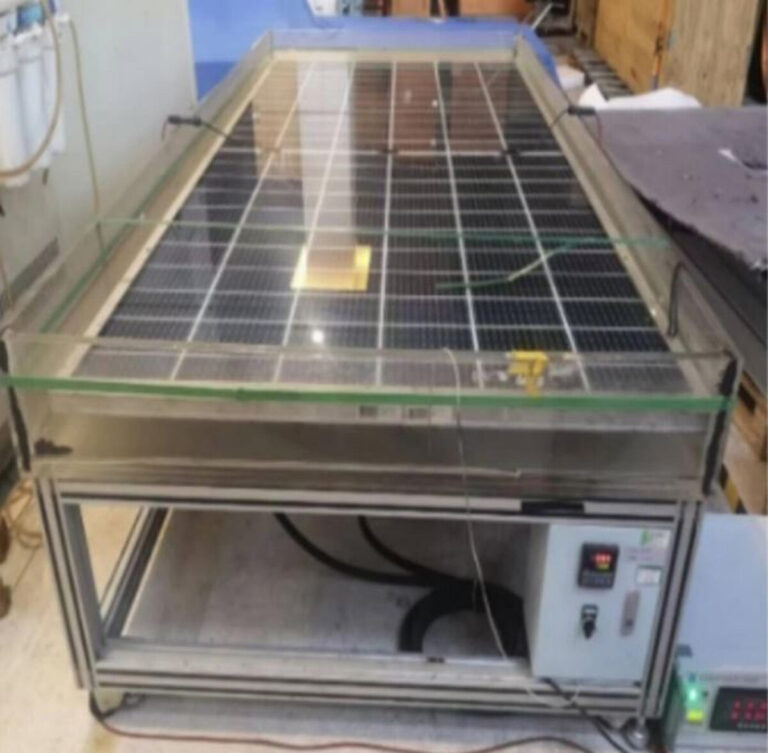A research group led by the Chinese manufacturer Trina Solar has outlined a new approach to predict potential induced demolition (PID) in solar panels with double glass under several typical field conditions. It is claimed that the new methodology facilitates simultaneous exposure to PID and light.
A team of researchers led by the Chinese solar manufacturer Trina Solar has developed a new approach to predict the field breakdown through potential induced breakdown (PID) for tunnel oxide-passivated contacts (topcon) configuration with double glass vinylacetate (EVA) Like an encapsulating one.
“The current PV module qualification test standards are insufficient for evaluating the extensive impact of the actual work light on the PID effect of PV modules, because PV modules are exposed to both lighting and PID at the same time in real environments,” the scientists said. “The investigation into PID tests and the prediction of power breakdown in modules under enlightened circumstances is limited.”
The proposed methodology is based on the so-called Arrhenius comparison, that is An empirical comparison that describes The effect of temperature on the speed of a chemical reaction. It is the basis of all predictive expressions that are used to calculate the Reactionate Constants.
The academics used the comparison to match the power degradation in terms of PID date of steady-state test room under lighting.
The experimental arrangement consisted of double glass bifacial N-Type Topcon-Zonnemodules based on 134 cells of 210 mm x 182 mm and manufactured via laser-improved contact optimization (LECO) technology. The panels trusted 2.0 mm thick soda lime glass and two front and two rear films from commercial EVA with a thickness of 0.35 mm.
They performed the PID tests in China General Certification Center in a test room under different moist heat test conditions at 75 ° C, 85 ° C and 95 ° C, with 800 W/m2 Steady-state lighting light source. “To guarantee a consistent absolute humidity over different temperature conditions, the settings were adjusted to 100% relative humidity at 75 ° C, 75% relative humidity at 85 ° C and 55% relative humidity at 95 ° C,” they explained , and noted that the humidity in the humidity test chamber is considerably higher than the humidity of the actual outside environment.
Image: Nanchang University, Solar Energy, CC by 4.0
The tests include high temperature conditions of Hainan from China and Saudi Arabia, as well as the high humidity of offshore photovoltaic. It showed that PID in Hainan can reach 1.57% for a period of 30 years, while in Saudi Arabia this value reached 1.13%. With regard to offshore PV, 30-year-old PID was estimated at a much higher value of 4.01%.
“The standard IEC61215: 2021 contains on light recovery -based PID, but many customers do not remain aware of the underlying mechanisms,” Trina concluded Solar. “This innovative approach, which facilitates simultaneous exposure to PID and light, is easier to embrace by customers. In addition, this methodology facilitates the transition from the photovoltaic industry to double EVA, with important implications for the sector. “
The new method was introduced in the paper “Prediction of potential induced demolition for Topcon PV modules that work in the field based on accelerated stress tests“Which was recently published in Solar energy. The research team included the CEO of Trina Jifan Gao, as well as Academics of Chinese Nanchang University and Chinese PV Glass Furnace Provider Jiangxi Caihong Photovoltaic Co. Ltd.
This content is protected by copyright and may not be reused. If you want to work with us and reuse part of our content, please contact: editors@pv-magazine.com.
Popular content



